It’s been 45 years since the Ontario Seat Belt Law was passed. Since then, there have been a few additions and amendments. Even so, statistics from just a few years ago show that 1 in 4 riders killed in accidents were not buckled up. A seat belt can save your life and the lives of your passengers. It’s more than just the law, it’s the safe choice.
Driver responsibilities
As the driver of a vehicle, you are required by law to wear a seat belt or face fines of up to $1000 and the loss of two demerit points. Even at low speeds in local traffic, an accident can cause enough impact that it feels like falling from several stories high. A seat belt is the best way to protect yourself against severe injury.
As a driver, it is your legal responsibility to make sure that all passengers under the age of 16 are properly secured. This means verifying that your passengers:
- Are sitting in the safest part of the vehicle for their age and size.
- Have the correct type of seating and belting available to them.
- Have fastened their seatbelts correctly.
A driver can also be fined for having a broken seat belt in their vehicle, even if no one is sitting in that seat at the time.
Guidelines for underage passengers
Children and babies should be secured with five-point harness car seats certified with the National Safety Mark. Infants should be in rear-facing seats until they weigh at least 9 kg (20 lbs). Toddlers can sit forward-facing between 9 kg and 18 kg (20 lbs to 40 lbs). It’s always best practice, though, to keep children in full car seats until they reach the maximum weight limit for the seat – often around 30 kg (65 lbs). And to install car seats in the middle of the back row of seats if possible.
Older children can graduate to booster seats once they weigh at least 18 kg (40 lbs). They should remain in a booster seat until they are 36 kg (80 lbs) and can wear a regular seat belt properly and comfortably. Make sure all booster seats are properly fitted to your car’s seats. Also, make sure every child wears their belt across their lower hips for maximum restraint during impact.
Preteens and teens can wear a regular seat belt. But keep them in the back seat until they are at least 13 years old for maximum security.
Remember, it’s the driver’s responsibility to make sure that all of these legal rules are followed for their underage passengers. So make sure everyone is buckled in safely before getting behind the wheel.
Guidelines for other adults
Passengers aged 16 and over are responsible for their own safety, but it’s a good idea for both drivers and passengers to know the law and follow it.
The “one person, one belt” rule has been the law in Ontario since 2006. This means your car cannot take any more passengers than it has working seatbelts, and that passengers cannot share belts. Every person must have their own seat and their own safety restraint, and all adult passengers must wear a seatbelt, even if pregnant.
Belts should be worn across the lower hips and across the chest to fully absorb impact and reduce the chance of injury. Do not put the belt across your stomach, or tuck the chest strap behind your back or under your arm, as this can result in physical harm during an impact.
Seatbelts should never be twisted or tangled on bags or clothing, so they can lock and retract properly in the event of an accident.
Don’t assume airbags are good enough to protect you, or that a short trip doesn’t really need everyone to be properly buckled in. Accidents can happen at any time with a surprising amount of force – be sure that you’re keeping yourself and your passengers safe at all times.
Earn your RoadSMARTS
Learn more road safety tips by taking the #RoadSMARTS pledge. By taking the Road SMARTS Pledge, you Support Making All Road Travel Safe, which can help improve road safety for everyone. When road behaviours change, accidents are reduced. For more information and to take the pledge for free, visit https://www.ottawasafetycouncil.ca/road-smarts.
